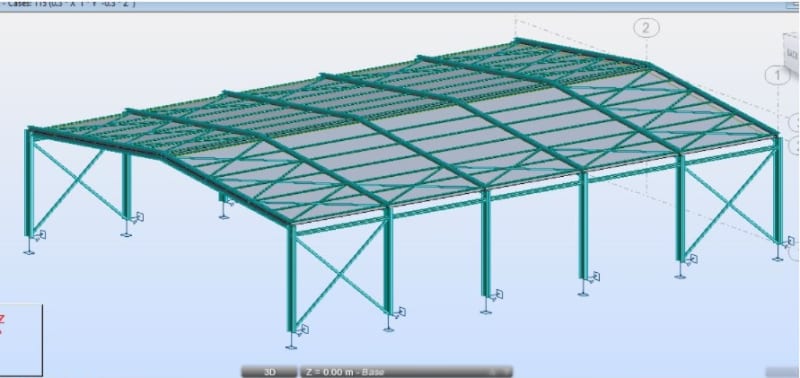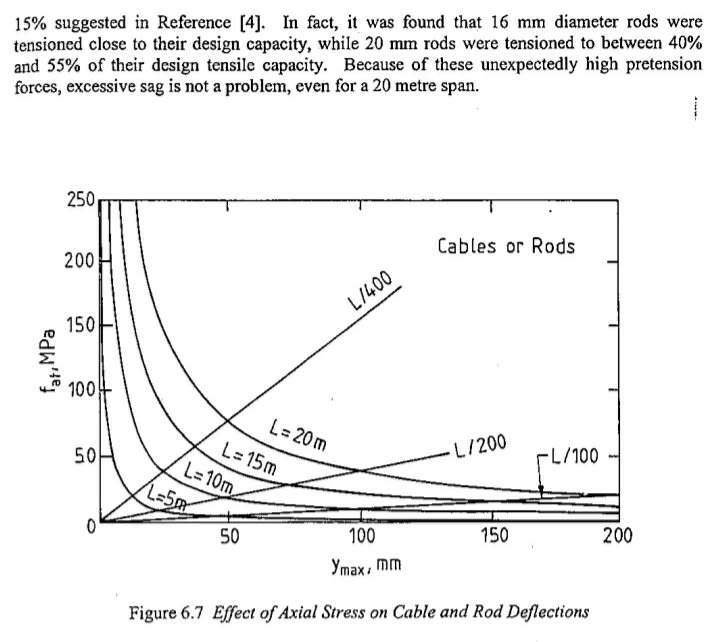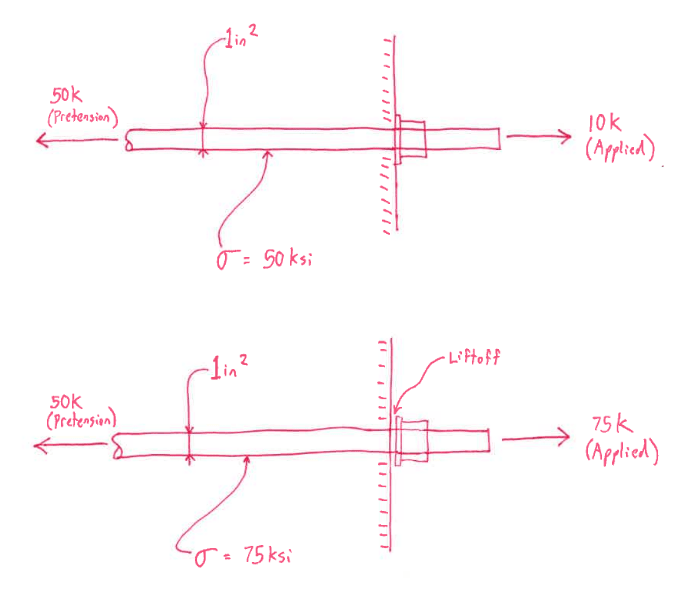nivoo_boss
Structural
- Jul 15, 2021
- 132
Hey everyone!
Let's say I design a steel frame building and I would like to use cables for lateral stability. How should I determine the required pre-tension in the cables?
Let's say I design a steel frame building and I would like to use cables for lateral stability. How should I determine the required pre-tension in the cables?



